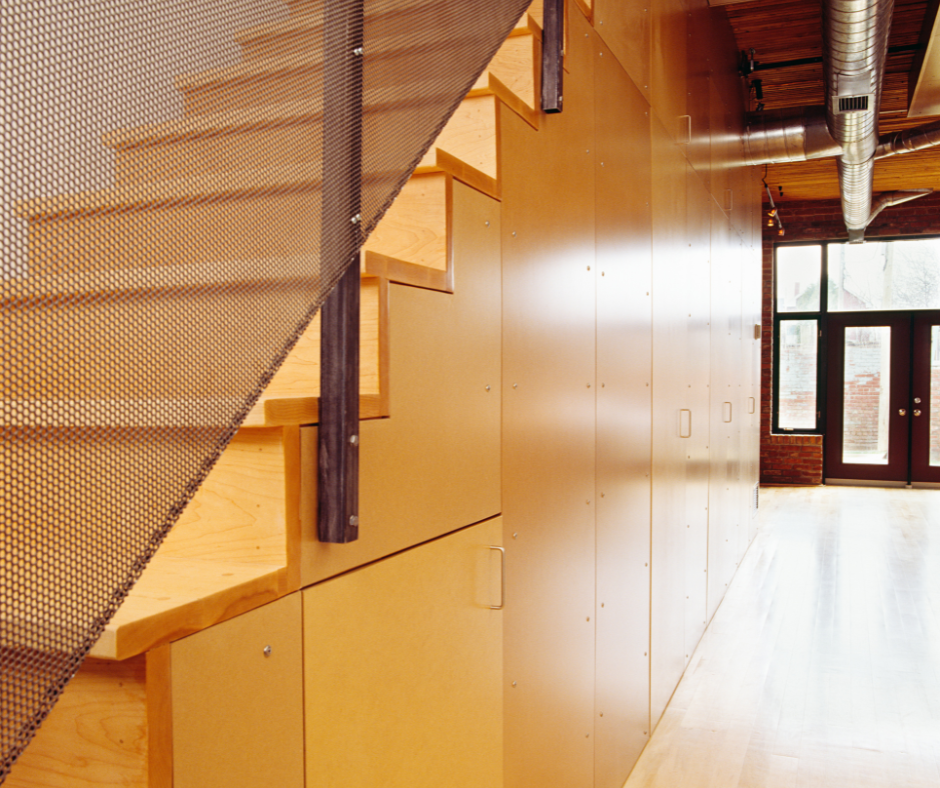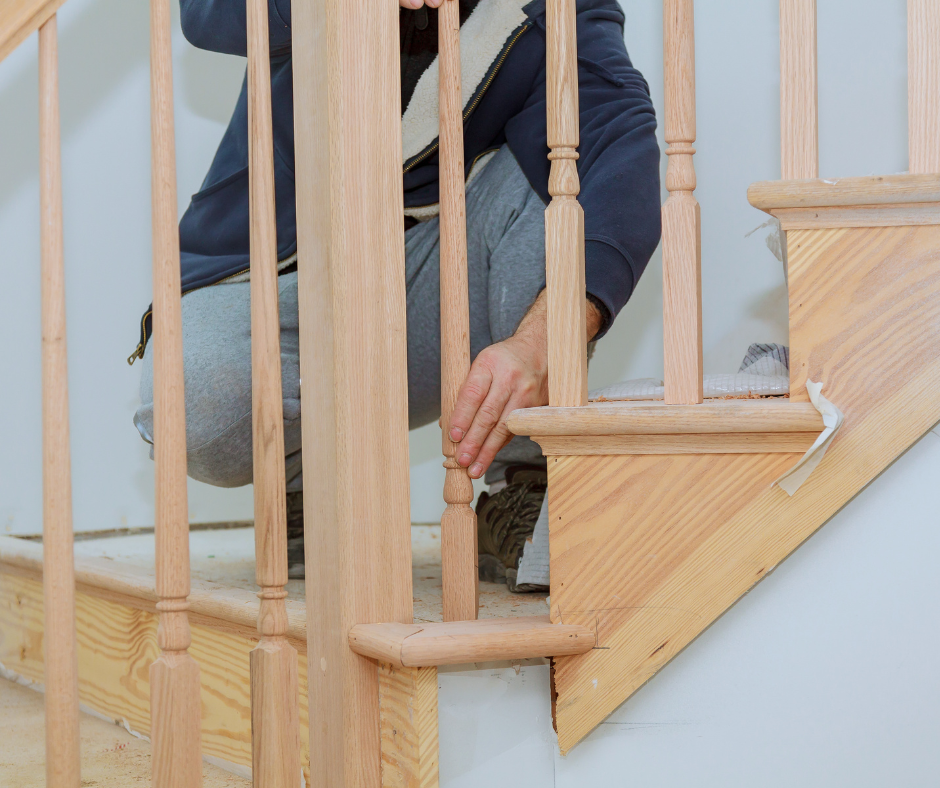Building a deck means creating a space where safety and style meet every step of the way. If you’ve ever wondered how to make your stairs both secure and welcoming, you’re not alone. The recommended deck stair tread depth is typically 10 to 11 inches, giving enough room for a comfortable and steady step.
Choosing the right tread depth also ensures that your carpet stair treads fit properly without slipping or bunching. In this guide, you’ll learn exactly how to measure, select materials, and install treads that last through every season. Keep reading to discover clear steps that will help you build stairs that look great and keep everyone safe.
What is Tread Depth?
Tread depth is the part of the stair you actually step on. It’s measured from the front edge, also called the nosing, to the back edge of the same tread.
Put simply, it’s the space your foot uses every time you climb the stairs. If your treads are too shallow, it can feel like you’re teetering on the edge. If they’re too deep, the step might feel awkward or out of place.
Why Tread Depth Matters
When you’re designing deck stairs, tread depth is more than a number—it’s about how your stairs feel and function every day.
Here’s why it matters so much:
-
Safety: A comfortable tread depth helps prevent trips and falls, especially when you’re carrying groceries or guiding little feet up the steps.
-
Comfort: Enough space underfoot makes going up and down feel easy, steady, and secure.
-
Consistency: Matching the depth to your interior stairs creates a smooth transition that feels natural and welcoming.
How Deep Should Outdoor Stair Treads Be?
The depth of your outdoor stair treads depends on whether your stairs are residential or commercial.
Standard Tread Depth
-
Residential Deck Stairs: Usually about 10 inches deep, in line with the International Residential Code (IRC R311.7.5.2), which requires a minimum tread depth of 10 inches.
-
Commercial Stairs: Typically at least 11 inches deep, as outlined in the International Building Code (IBC 1011.5.2), which sets the minimum tread depth for commercial and public buildings.
When building deck stairs, you’ll often aim for 10 to 11 inches to provide plenty of space for every step while staying compliant with these guidelines. Always double-check your local building codes before you begin to ensure your project meets all safety and legal requirements.
Should Deck Stair Treads Be Level?
Absolutely—level treads are essential for both safety and comfort.
If your treads slope forward or tilt to the side, they can become a tripping hazard or feel unsteady underfoot. Imagine coming home on a rainy evening and stepping onto a slanted tread—it’s not just uncomfortable, it’s unsafe.
Tips for Keeping Treads Level
-
Use a Level: As you install each tread, place a level on top to check it.
-
Adjust as Needed: If a tread isn’t perfectly flat, adjust your stringers or supports before securing it.
-
Secure Properly: Use high-quality fasteners to make sure nothing shifts over time.
Exterior Stair Tread Depth Safety
Outdoor stairs face all kinds of weather—rain, snow, heat, and cold. That’s why choosing the right tread depth and materials is extra important.
Here are a few safety tips for exterior stair tread depth:
-
Weather Resistance: Choose materials that resist warping and stay sturdy in changing temperatures.
-
Grip: Add non-slip treads or coatings to help prevent slips during wet or icy conditions.
-
Regular Maintenance: Check your stairs regularly for loose boards, worn surfaces, or other issues that could create hazards.
Choosing the Right Material
The material you pick affects how your stairs look, feel, and last over the years. Here’s a quick guide to help you decide:
Tip: No matter what you choose, make sure your material supports your tread depth and remains safe over time.
Building Codes and Consistency
Always check local building codes for deck stairs in your area. Codes often specify:
-
Minimum and maximum tread depth
-
Nosing requirements
-
Riser height limits
-
Handrail placement
Consistency is also key. Keeping every tread the same depth and height prevents trips and keeps the stairs feeling comfortable. Even a small difference between treads can be dangerous—especially for kids and older adults.
Nosing and Finishing Touches
Nosing is the part of the tread that sticks out past the riser. A well-shaped nosing adds:
-
Extra space for your foot
-
A smooth edge that reduces tripping
-
A finished, polished look
Many homeowners also add a non-slip strip or textured nosing for extra safety.
Installation Tips for Success
Here are a few extra tips to make sure your stairs are built to last:
-
Measure Twice: Double-check all your measurements before you cut.
-
Pre-Drill Holes: Pre-drilling helps prevent wood from splitting and keeps fasteners secure.
-
Use Quality Fasteners: Invest in screws and hardware designed for outdoor use so your stairs stay solid season after season.
Steps To Success
Getting your deck stair tread depth right makes a big difference. It’s not just about following rules—it’s about building stairs that feel safe, look beautiful, and welcome everyone into your home with confidence. Each step you create becomes part of the memories you’ll share with family and friends.
When you take time to measure carefully, choose the right materials, and secure everything properly, you’re investing in comfort and peace of mind. A well-built staircase not only adds value to your home but also shows you care about every detail. With thoughtful planning, you can create outdoor steps that are sturdy, stylish, and built to last.
Build Safer Deck Stairs Today
Ready to build deck stairs that feel as safe as they look beautiful? Explore our range of DIY-friendly stair treads designed to fit your deck perfectly, stand up to any weather, and make every step feel secure.
-
Website: https://oakvalleydesigns.com/
-
Phone: (706) 331-0315
-
Email: info@oakvalleydesigns.com
-
Address: 30 River Ct SW Bldg E Cartersville, GA 30120




